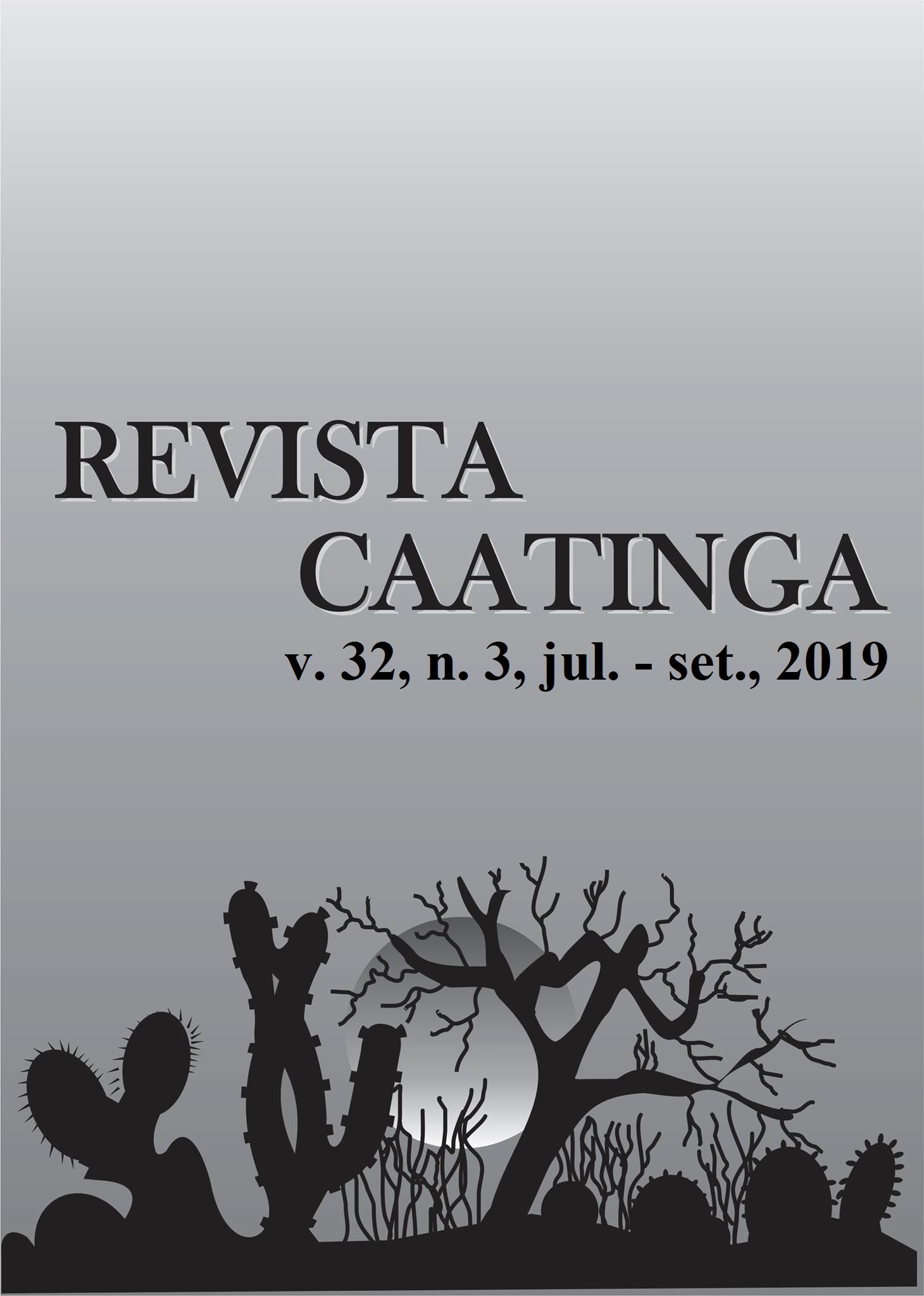OIL-IN-WATER (O/W) EMULSIONABLE CONCENTRATE OF ISHPINK (Ocotea quixos) WITH THERMODYNAMIC STABILITY
DOI:
https://doi.org/10.1590/1983-21252019v32n303rcKeywords:
Oil-in-Water emulsions. HLB value. Essential oil. Phase diagrams.Abstract
Ecuador has a vast number of native species with fungicidal, herbicidal, and insecticidal properties, of which several have been studied; however, few plant species have been applied for the development of commercial products. Ocotea quixos is an indigenous plant of the Ecuadorian Amazon that has fungicidal properties. In this work, we focus on developing an emulsifiable concentrate that is physically stable for use in the agricultural industry. The study aimed to determine the appropriate formulation to prepare an emulsifiable concentrate with thermodynamic stability. For the formulation, we used Ocotea quixos essential oil with cinnamaldehyde as an active ingredient, with solvesso 100 as the solvent, two non-ionic emulsifiers (Span-20 and Tween-20), and calcium phenyl sulfonate as an anionic emulsifier to obtain a stable product. The results showed that the OC5C emulsifiable concentrate has the best stability characteristics with the hydrophilic-lipophilic balance (HLB) within the range of 14 to 16 at room temperature as well as at high and low temperature with a drop size between 3 and 4 µm.
Downloads
Downloads
Published
Issue
Section
License
Os Autores que publicam na Revista Caatinga concordam com os seguintes termos:
a) Os Autores mantêm os direitos autorais e concedem à revista o direito de primeira publicação, com o trabalho simultaneamente licenciado sob a Licença Creative Commons do tipo atribuição CC-BY, para todo o conteúdo do periódico, exceto onde estiver identificado, que permite o compartilhamento do trabalho com reconhecimento da autoria e publicação inicial nesta revista, sem fins comerciais.
b) Os Autores têm autorização para distribuição não-exclusiva da versão do trabalho publicada nesta revista (ex.: publicar em repositório institucional ou como capítulo de livro), com reconhecimento de autoria e publicação inicial nesta revista.
c) Os Autores têm permissão e são estimulados a publicar e distribuir seu trabalho online (ex.: em repositórios institucionais ou na sua página pessoal) a qualquer ponto antes ou durante o processo editorial, já que isso pode gerar alterações produtivas, bem como aumentar o impacto e a citação do trabalho publicado (Veja O Efeito do Acesso Livre).







